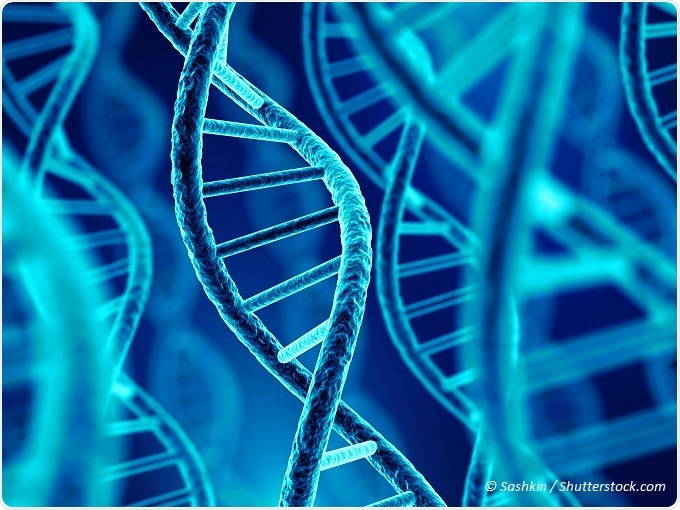Jul 14 2017
A study funded by the National Institute of Health, US, has for the first time encoded a primitive movie in the DNA of living bacteria cells that replayed it, using CRISPR technology.
The researchers from Harvard University, Seth L. Shipman, Jeff Nivala, Jeffrey D. Macklis and George M. Church, believe that their study is a major step forward to a "molecular recorder" that may someday make it possible to get read-outs, has published online their proof-of-concept on July 12, 2017, in the journal Nature.

They expect the futuristic "molecular ticker tape" to read stages like that of the changing internal states of neurons as they develop.
Seth Shipman, Ph.D., a post-doctoral fellow and neuroscientist at Harvard Medical School, Boston explains: "We want to turn cells into historians. We envision a biological memory system that's much smaller and more versatile than today's technologies, which will track many events non-intrusively over time."
According to the researchers, the ability to encode sequential events, such as a movie is the key to the idea of reinventing the core concept of recording using molecular engineering. Through this method, the recording of molecular events happening within the cells, like changes in gene expression over time, can be done by the possible induction of the cells themselves into their own genomes. Then, by simple genome sequencing of those cells, the information stored could be retrieved.
Acquiring those steps of transcription can let the potential use of them as a recipe to engineer similar cells and can be used in therapies as well as to model diseases, says Shipman.
Initially, the researchers had to show that apart from genetic information, DNA can also be used to encode any arbitrary sequential information into a genome. To achieve this, they turned to CRISPR - a cutting-edge gene editing technology funded by NIH.
Primarily, they demonstrated the process of encoding and decoding of an image of a human hand in DNA inserted into bacteria. The similar method was followed to encode and reconstruct frames from a classic race horse in motion sequence of photos from the 1870s (an early predecessor of motion pictures).
The use of CRISPR in storing sequences of DNA in bacteria was previously described by the researchers. CRISPR is a group of proteins and DNA that act as an immune system in some bacteria that vaccinates them with genetic memories of viral infections. When a bacterium is infected by a virus, parts of the foreign DNA is cut out by CRISPR, which then gets stored in the bacteria’s own genome. The stored DNA is used by the bacterium to identify and defend against the virus during future attacks.
Shipman explained: "The sequential nature of CRISPR makes it an appealing system for recording events over time.”
The researchers followed the same method in translating five frames from the motion photo sequence of the race horse into the DNA. They sequentially treated bacteria over the course of five days with a frame of translated DNA. Then, by sequencing DNA, they could reconstruct the movie with 90% accuracy.
Even though there are multiple ways to use this technology, the researchers look forward to use it in the study of the brain and recording the molecular history of a neuron. According to Shipman, this kind of a molecular recorder can allow the eventual collection of data from every cell in the brain at once. There will not be any need to gain access, to observe the cells directly, or disrupt the system to extract genetic material or proteins, in this case.